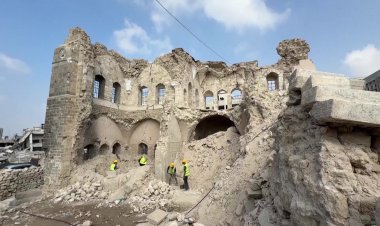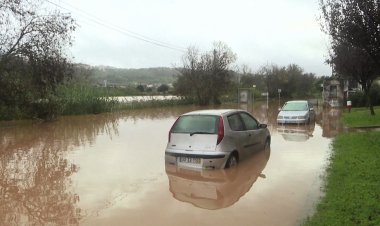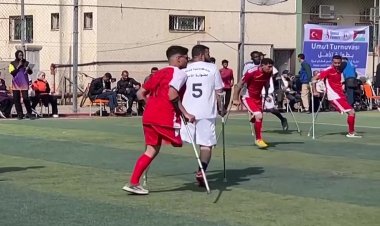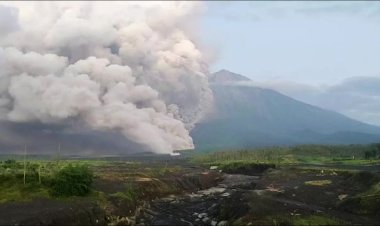Brazil Flood Crisis
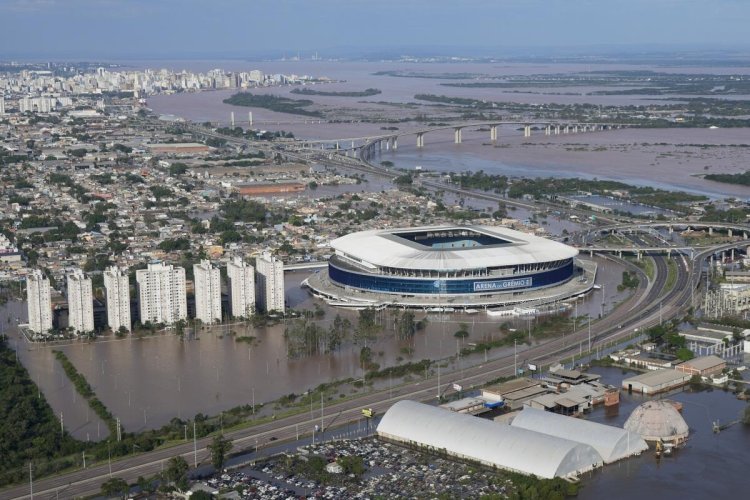
Teams in flood-ravaged southern Brazil scrambled to deliver humanitarian aid to Porto Alegre and other inundated municipalities, where queues formed for drinking water as forecasters warned of more downpours.
The worst natural calamity ever to hit the state of Rio Grande do Sul has claimed at least 95 lives, with 372 people reported injured and 131 still missing, according to the civil defense force that handles disaster relief.
"The tolls continue to rise and unfortunately we anticipate that they are still very inaccurate because the emergency is continuing to develop," said Governor Eduardo Leite.
Nearly 400 municipalities have been hit, including state capital Porto Alegre, with more than 160,000 people forced to leave their homes as streets have transformed into rivers after days of record-breaking rain.
Porto Alegre is home to some 1.4 million people and the larger metropolitan area has more than double that number.
The state's Guaiba River, which runs through Porto Alegre, remained at historic high levels, and officials said five dams were at risk of rupturing.
In Alvorada, a municipality east of Porto Alegre, people queued with buckets and plastic bottles, collecting drinking water from the few taps still working.
Most shops have run out of bottled water.
Individuals and businesses with wells were doing what they could to help.
Only two of Porto Alegre's six water treatment plants were functioning, the mayor's office said, and hospitals and shelters were being supplied by tankers.
The Brazilian Navy said it would send its "Atlantic" vessel -- Latin America's largest -- to Rio Grande do Sul with two mobile water treatment stations.
Some 15,000 soldiers, firefighters, police and volunteers were hard at work in planes and boats, even jet skis, to rescue those trapped and transport aid.






